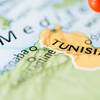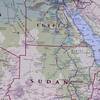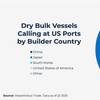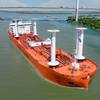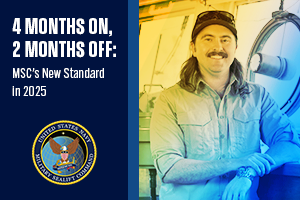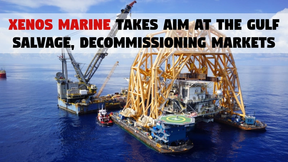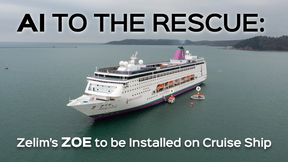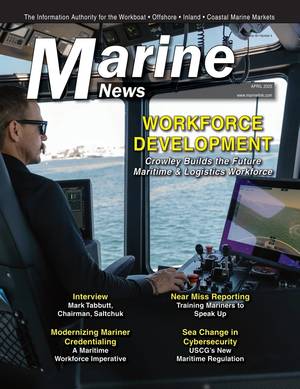Manawanui Grounding Attributed to Series of Human Errors
Royal New Zealand Navy ship HMNZS Manawanui ran aground with 75 people on board in Samoa whilst conducting a hydrographic survey of a reef on October 5, 2024, and the final Court of Inquiry report has now been released.
An interim Court of Inquiry, released less than two months following the incident, found the direct causes and some contributing factors of the grounding and sinking related to a series of human errors.
In the final Court of Inquiry report, the Court found 12 factors that contributed to the grounding and sinking, making it more likely to occur.
In presenting the findings, Court of Inquiry president Commodore Melissa Ross, said the factors were: training and experience, military hydrographic planning, orders, instructions and procedures, operational risk matrix, force generation, operational release, supervision, violations, haste, leadership, distraction/interruption and hollowness.
“The Court found deficiencies in the training and qualifications of key ship’s personnel involved in the incident, risks related to the survey task were not sufficiently identified, discussed and mitigated, and instructions or procedures were lacking.”
The Court also found leadership was inadequate in some areas, supervision was not at expected levels and time pressure influenced the way the survey task was conducted.
Chief of the Navy Rear Admiral Garin Golding said the report highlighted a gap between work as imagined and work as done. This contributed to the incident, with a series of issues compounding the direct cause of the incident, he said.
Several immediate actions were recommended before the release of the preliminary findings of the Court of Inquiry report and Golding said all of them had been addressed. “We have updated our critical incident management procedures, made changes to some of our tools that assist with risk, and stood up a project team specifically to ensure quality and consistency of our plans and procedures.”
Golding said while some of the recommendations were already underway, others would take longer to resolve. “Ultimately, there are a range of issues, including the lack of commonality across the fleet, which means our people need to constantly adapt to new procedures each time they change ships.”
To counter this, Golding said the Navy would be embarking on a transformation program that seeks to reform the approach to operating the Navy.
“Fundamentally we need to do things differently. We need to adapt to new technologies, change the way we approach what we do, and find new ways to continue to deliver on what is expected of us,” he said.
“This means investing in new technologies, streamlining ways of working, reviewing and adapting training and making sure our people are set up to succeed in their roles. Our people are working really, really hard; they are out there around the globe right now doing what they signed up to do – serve our country and protect New Zealand’s interests.”




